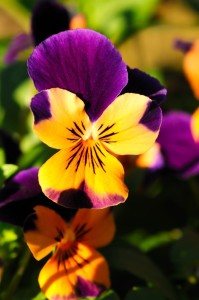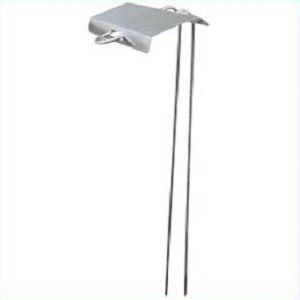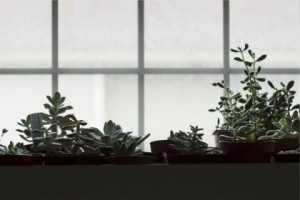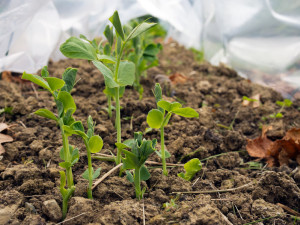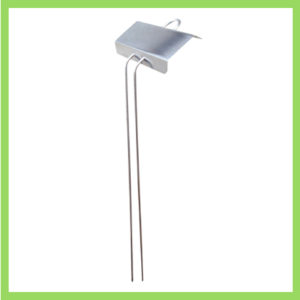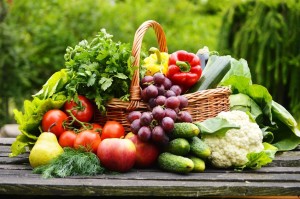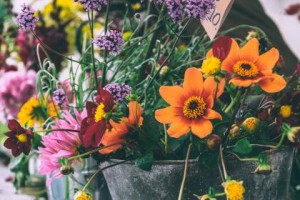Garden Markers Are Perfect for Your Indoor Plants Too
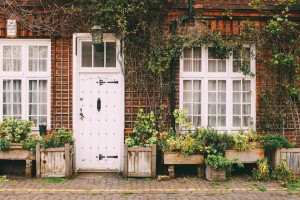 Indoor potted plants were popular at one time. Then, for a number of years, silk plants became all the rage. Thankfully, living plants are making a comeback. Look for houseplants to become a “new” trend. Rooms feel more welcoming when something living is in them. So, start scouring your local nursery for some easy-to-grow greenery and stock up on garden markers and bring your home to life!
Indoor potted plants were popular at one time. Then, for a number of years, silk plants became all the rage. Thankfully, living plants are making a comeback. Look for houseplants to become a “new” trend. Rooms feel more welcoming when something living is in them. So, start scouring your local nursery for some easy-to-grow greenery and stock up on garden markers and bring your home to life!
Placement
Rooms seem more inviting when there is a plant in them. However, you want to be smart about where you place your plants in a room. You don’t want to put plants right beside sources of hot or cold blowing air. Your houseplants won’t be able to withstand the blast.
Do place them either in sunny windows or in windows with a filmy curtain to filter the rays. Some plants will do well even in the center of the room. Put sun-lovers on windowsills and on plant stands by south facing windows. Place those that prefer dappled light by westerly windows, in the middle of a room or by semi-sheer curtained windows. Moisture-loving plants such as ferns will thrive in your steamy bathroom.
Feeding and Watering
Most indoor plants succumb to over-attentiveness. Yes, feed your houseplants but only once or twice per month. Similarly, your plants need water – but don’t kill them with kindness. Only water your plants when the soil is dry to the touch. To avoid over-watering you can place a saucer beneath pots with drainage holes. Simply fill the saucers with water and allow plants to draw up moisture as needed. Another idea is to place ice cubes atop the soil and allow them to melt slowly for watering.
Labeling
Your indoor garden is just as precious as the one you nurture outside, so give it the same respect with clearly labeled garden markers. Bakers use fancy frosting dollops to adorn their creations and artists sign their work. You can use legible name plates to finish off your green thumb efforts.
At Kincaid Plant Markers we celebrate the return to indoor gardening. We make top-notch garden markers that are appropriate for inside or outside plantings. Our garden markers look great and make your plants look great too. We hope you’ll order a set soon and enjoy a winter of greening up the rooms in your house.


